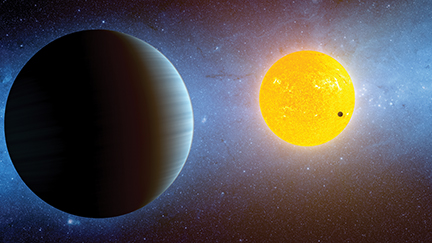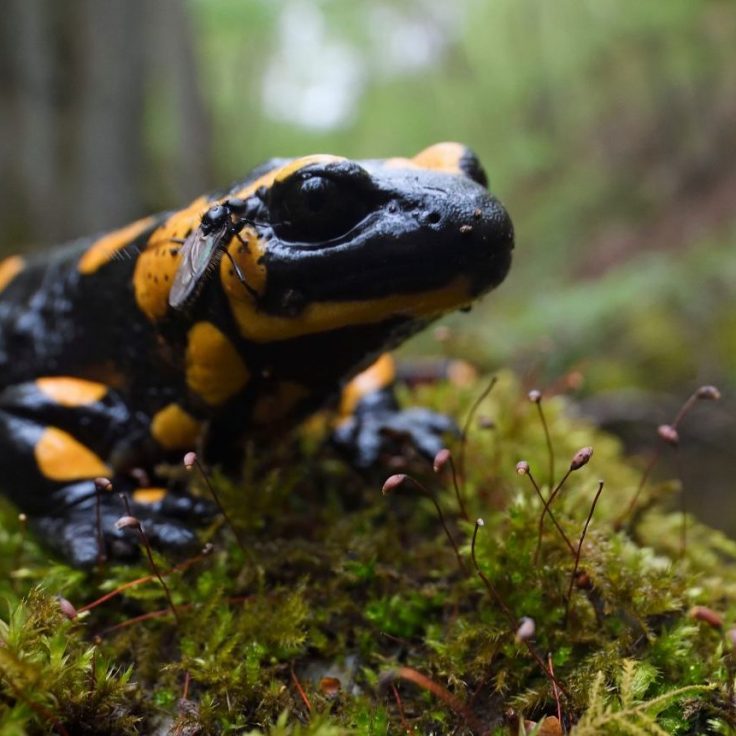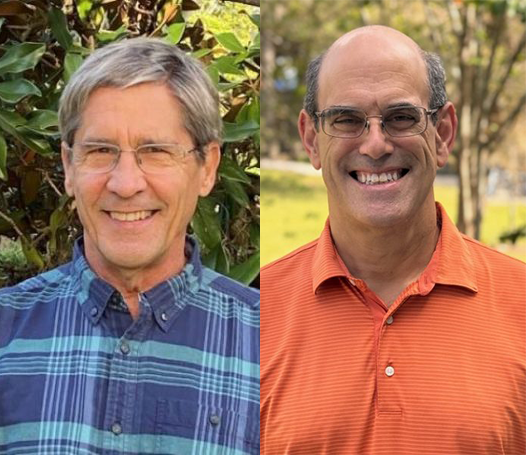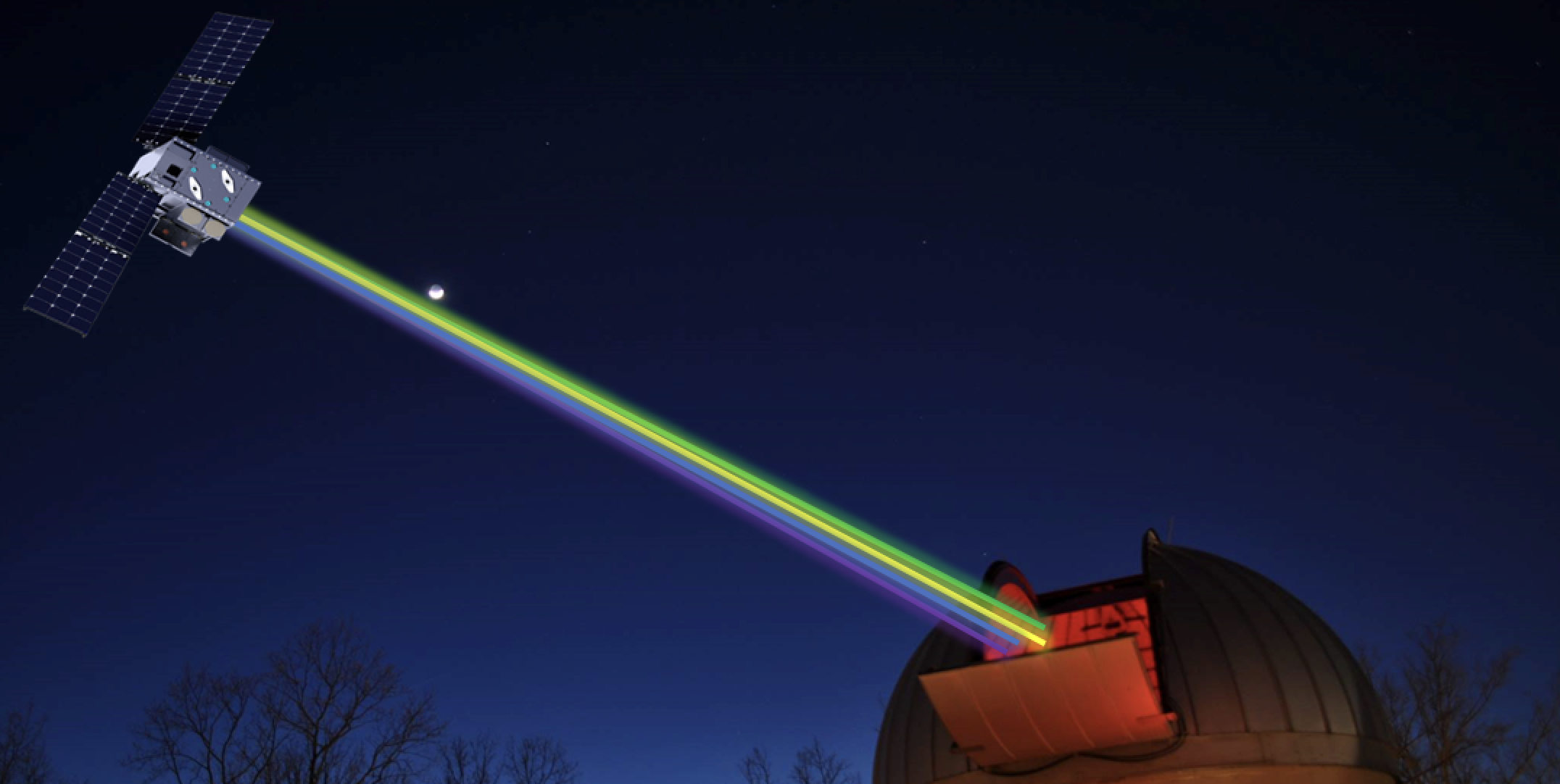
UF joins NASA mission to launch artificial star into Earth’s orbit
$19.5M Landolt Mission poised to deepen our knowledge of dark energy
The University of Florida will collaborate with nine other universities on a groundbreaking $19.5 million Landolt NASA Space Mission. Recently approved for deployment, the mission seeks to place an artificial “star” into Earth’s orbit. By doing so, it aims to tackle several open challenges in astrophysics, including understanding the speed and acceleration of the universe’s expansion.
Named in honor of the late astronomer Arlo Landolt, the Landolt Mission will deploy a calibrated light source into orbit in 2029. The artificial star will orbit Earth at a distance of 22,236 miles, providing a reference point alongside real stars to create new stellar brightness catalogs. Its synchronized orbit with Earth’s rotation speed will ensure it remains stationary over the United States during its inaugural year in space.
Central to the mission is the refinement of telescope calibration, which will boost the accuracy of measuring stellar brightness across various celestial phenomena, from nearby stars to distant supernovae in far-off galaxies.
UF’s Jamie Tayar, an assistant professor of astronomy, will serve on the mission team. She believes the mission will set a new standard for understanding star brightness, leading to more precise estimates of their size, scale, and age.
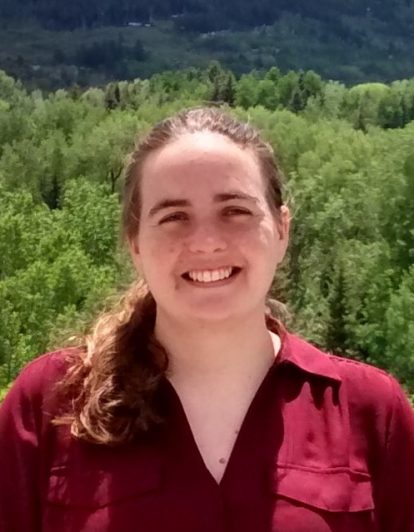
“Lots of our understanding of the universe relies on understanding how bright things are,” Tayar said.
In pursuit of such precision, the team will deploy a small satellite equipped with multiple lasers into space. These lasers will provide consistent and known brightness levels, overcoming limitations in ground-based telescopes. Positioned near a star, the satellite will precisely determine its absolute brightness, enabling advancements in various scientific fields.
“Lasers in space is a pretty cool selling point, as is getting to work on a mission,” Tayar said. “But scientifically, what we’re trying to do here is really fundamental.”
Experts will use the enhanced data from this project to deepen their understanding of stellar evolution and exoplanets, as well as to fine-tune parameters related to dark energy. Tayar is optimistic the mission will also help identify habitable zones, referred to as ‘Goldilocks’ regions, where conditions are just right for the existence of water and potentially life.
“The goal is to be able to figure out, for other planets orbiting other stars, whether they too could have oceans where life could presumably arise and live,” she said. “For each star, you need to know exactly how much energy is coming from the star, and exactly how far away the planet is, and so on.”
Comprised mostly of early-career researchers, the mission team aims to advance our understanding of fundamental properties used in daily astronomical observations. The UF team will focus on analyzing data and refining current models of stars, translating insights gained from the Landolt mission into broader scientific understanding.
As the mission launch date approaches, Tayar anticipates training the next generation of mission leadership, recruiting at least one graduate student and one undergraduate student to assist with data analysis and model development.
“There are so many big questions in astronomy: How did we get here? Are there other planets like ours? Do aliens exist?” Tayar said. “But those are really hard questions, and so to answer them the measurements have to be really good, and they have to be right.”
With mission control based at George Mason University on its Fairfax Campus, the team also includes Blue Canyon Technologies; California Institute of Technology; Lawrence Berkley National Lab; Mississippi State University; Montreal Planetarium and iREx/University of Montreal; the University of Hawaii; the University of Minnesota, Duluth; and the University of Victoria. The mission’s payload with be developed in collaboration with the National Institute of Standards and Technology (NIST), a leading authority in measuring photon emissions.
